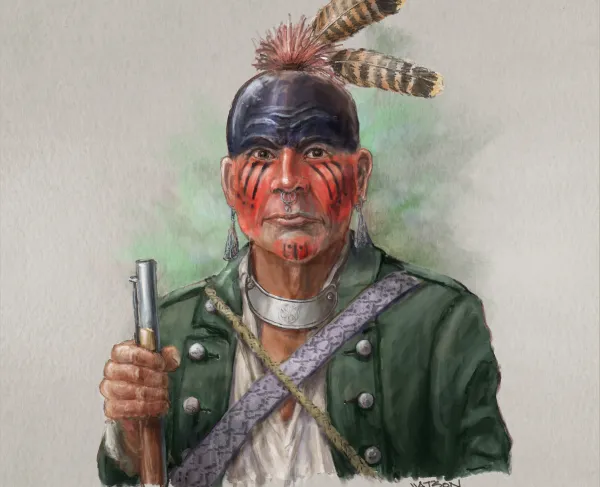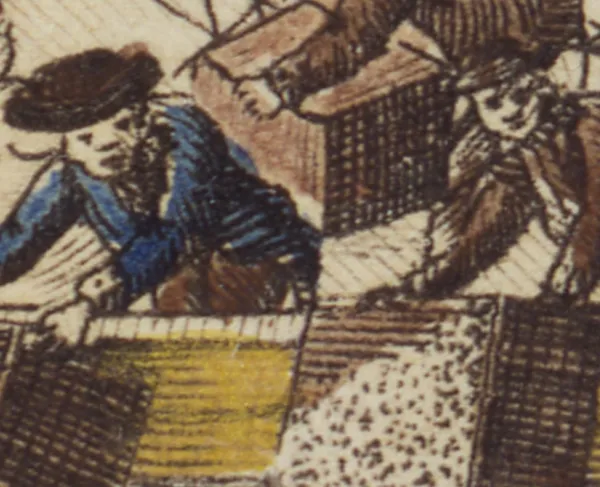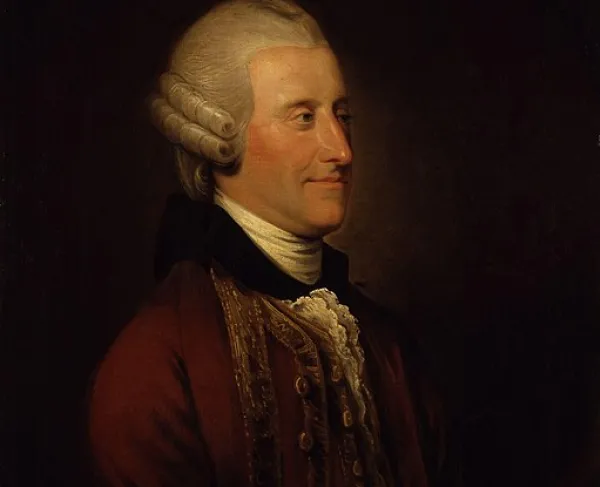Thomas Young

Thomas Young’s distinctive commitment to his convictions exclude him from any standard image of a revolutionary “patriot.” Thomas Young came from a first-generation Irish immigrant family in Ulster County, New York. His commitment to helping the economically-disadvantaged encouraged him to become a doctor. Becoming a physician served a threefold significance: Medicine “provided an opportunity to serve mankind,” allowed him to continue practicing his pursuit of knowledge and was “a logical career choice for the able children of immigrants who lacked position.” He lived in western Connecticut and New York in the 1750s, where he worked as a doctor. Young, a physician, was spurred to join the revolutionary movement because he was troubled by societal economic injustices.
Young foisted himself into the political realm in Albany, New York, amidst the Stamp Act conflicts, despite lacking official political prowess but instead offering “a dislike of privilege, a systematic if unorthodox religious creed, and a set of convictions about the practice of medicine.” He came to Boston in 1766, because the protests of restless radicals compelled him. While in Boston, Young immersed himself in the political sphere. At the foundation of his beliefs was empathy for the “lower orders.” Young understood that “the yeomanry in our country towns... [would] form the revolution of the other ranks of Citizens.”
Young had radical, but nuanced, ideas about ways and means of protest. He passionately went after his objectives, with conjectures like that legislative bodies would have better and more efficient access to public opinion if they convened in theaters. In Boston, Young joined committees in groups like the Sons of Liberty and within Bostonian politics, such as the Boston Town Meeting and the North End Caucus. He promoted aggression was valid if used against freedom adversaries. While he was known as a “flaming zealot,” a “incendiar[y] of the lower order,” and “a scourge,” Young did not deploy as the only means of protests. He attempted to dissuade the Boston Massacre riots in 1770, and those targeting “customs commissioner Benjamin Hallowell” in 1774.
Thomas Young maintained a close friendship with Samuel Adams, the leader of the Sons of Liberty. The two were an unlikely friendship in the sense that Samuel Adams was vehemently Christian; however, Adams valued Thomas Young’s political beliefs over his religious ones. Adams and Young collaborated in engineering Boston’s Committee of Correspondence. Thomas Young’s most distinct characteristic was his religious affiliation. Young was a practicing Deist, which ostracized him from his Christian peers. Young was persecuted for these beliefs and was convicted of blasphemy in 1756. Because he knew he did not assimilate into the standard colonial religious culture, and thus he was viewed with suspicion, Young himself thought that those on a Bostonian committee did not want him to be involved in planning a Boston Massacre remembrance event. He felt similar animosity when designated as a member of the Committee of Correspondence.
On the day of the Boston Tea Party, Thomas Young was missing from the ranks of protestors adorned in makeshift Mohawk costumes. Instead, he was inside the Old South Meeting House lecturing a group of visitors about how tea could provide some unsatisfactory health effects. Young worked behind the scenes during the Boston Tea Party as part of the collective protest against British importation— this was likely done to pull attention away from his friends, the costumed incendiaries, who were dumping tea in Boston Harbor.
Thomas Young did not achieve great notoriety or wealth. He did not own any property worth taxing as of 1771, “which suggests that he was within the lower third of potentially taxable Bostonians in terms of wealth.” When he passed away, “he left ‘a sickly widow and six children wholly unprovided for.’” Young did not linger in Boston after his work. Instead, he fled in 1774 because he wanted to protect his family from any consequential wrath of the British military.
Thomas Young distinctive and polarizing religious views, his commitment to recognizing the underserved, and his friendship with Samuel Adams make him a notable and unique figure in pre-revolutionary history.
Further Reading:
“Dr. Thomas Young and the Boston Committee of Correspondence” By: Bruce Henry
“Reason and Revolution: The Radicalism of Dr. Thomas Young” By: Pauline Maier
“Thomas Young” By: Boston Tea Party: A Revolutionary Experience





